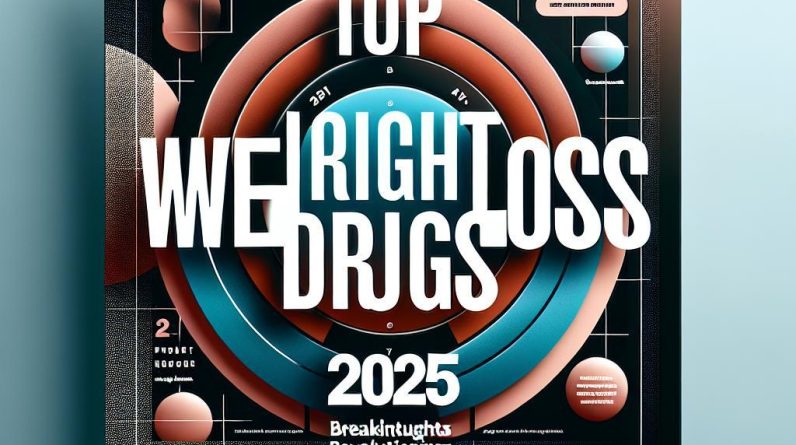Photo By: , Source, CC
Over the past decade, Glucagon-like peptide-1 (GLP-1) receptor agonists have revolutionized the management of type 2 diabetes and obesity. As we move into 2025, these therapies are poised to expand their impact further, driven by novel formulations, expanding indications, and technological advancements. This article explores the emerging trends and future potential of GLP-1 receptor agonists, with particular focus on Ozempic and Semaglutide.
1. Growing Clinical Evidence and Expanded Indications
Recent and ongoing clinical trials continue to reveal the multifaceted benefits of GLP-1 receptor agonists,not only for glycemic control but also for weight management and cardiovascular protection. By 2025, regulatory agencies are expected to approve new indications, including:
- prevention of type 2 diabetes in high-risk populations
- Management of obesity self-reliant of diabetes
- Additional cardiovascular outcomes benefits
2. Advances in Formulation and Delivery
Innovation in drug delivery methods aims to improve patient adherence and convenience:
- Extended-acting formulations: Longer-acting injections and oral options are being developed, reducing injection frequency.
- Oral Semaglutide: With the launch of oral formulations, patients resistant to injections will have better access to therapy.
- Smart Delivery Devices: The integration of digital health devices to monitor and optimize dosing is on the rise.
3. Competitive and combination Therapies
Future trends suggest increased use of combination therapy to maximize therapeutic benefits:
- Combining GLP-1 receptor agonists with other antidiabetic agents like SGLT2 inhibitors
- Developing fixed-dose combinations for holistic metabolic management
- Exploring synergistic effects with new classes of medications
4.The Role of Ozempic and Semaglutide in 2025
Ozempic and Semaglutide are at the forefront of this evolving landscape, with their proven efficacy and expanding applications:
- Weight Loss and Obesity Campaigns: Semaglutide, in particular, is demonstrating significant weight reduction, positioning it as a primary therapy for obesity.
- Cardiovascular Disease Reduction: Both agents have been shown to reduce major adverse cardiovascular events in high-risk populations.
- Potential in Non-Diabetic Conditions: research is exploring their utility in conditions like non-alcoholic fatty liver disease (NAFLD) and polycystic ovary syndrome (PCOS).
- Market Growth and Accessibility: Cost reduction,increased healthcare provider familiarity,and broader insurance coverage will likely increase patient access.
Conclusion
The future of GLP-1 receptor agonists like Ozempic and Semaglutide holds promising advancements that could transform the landscape of metabolic disease management by 2025. Continual innovations in formulation, expanded indications, and integration into combination therapies will enhance their role as cornerstone treatments. As research progresses, these agents are expected to have broader and more profound impacts on patient health outcomes globally.



